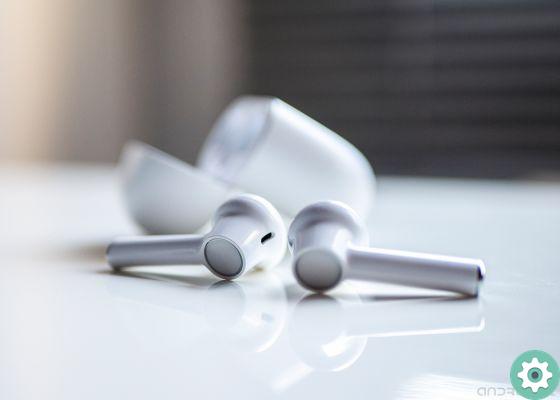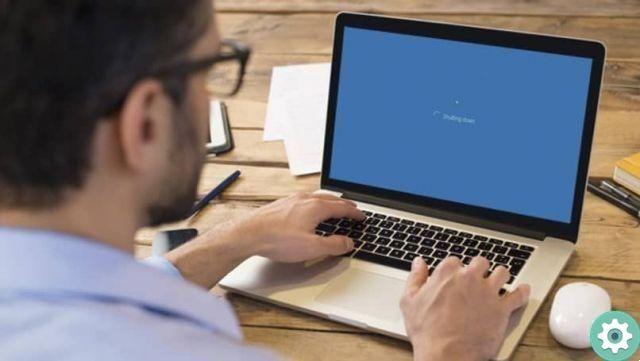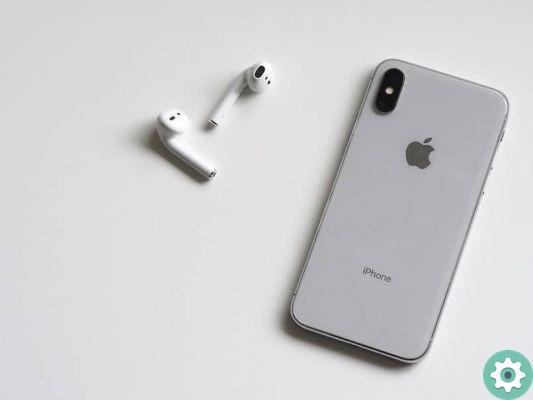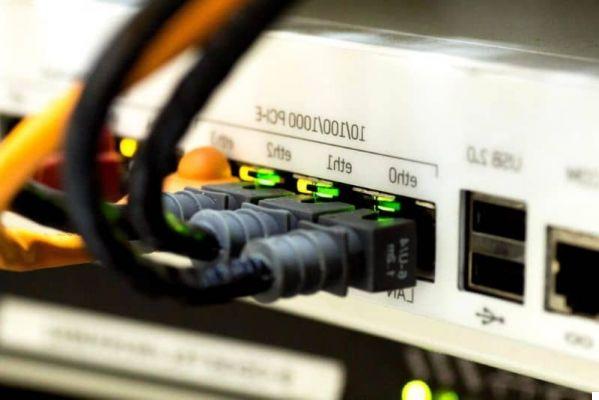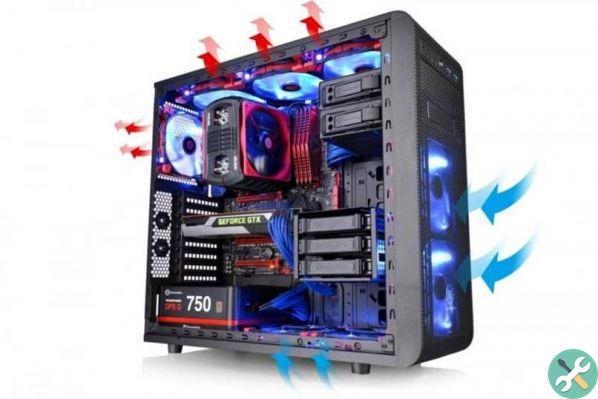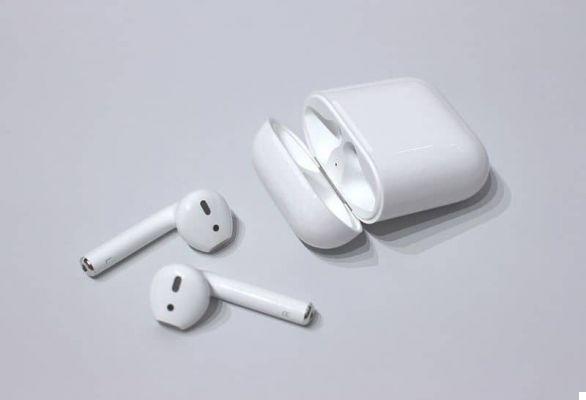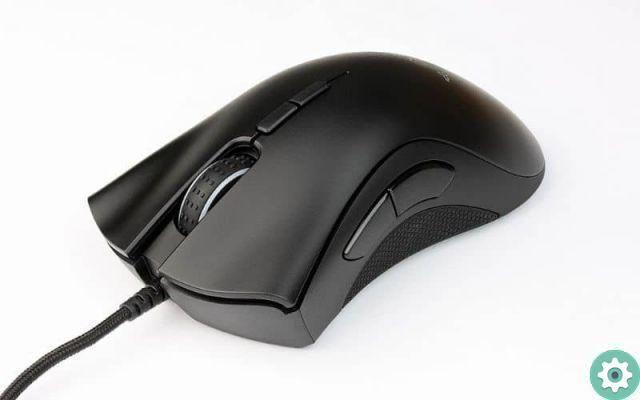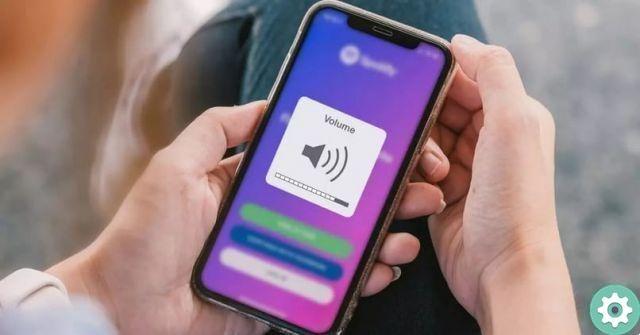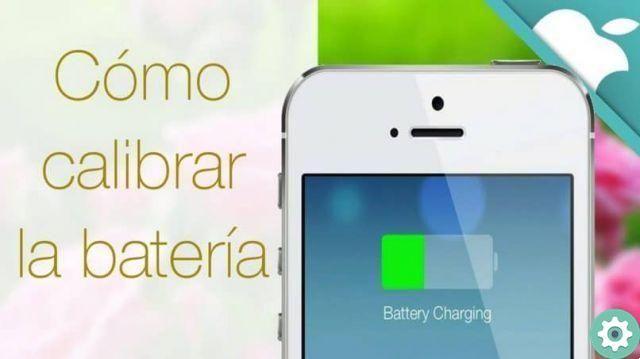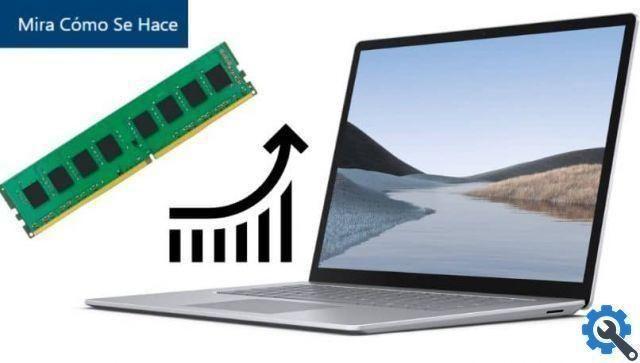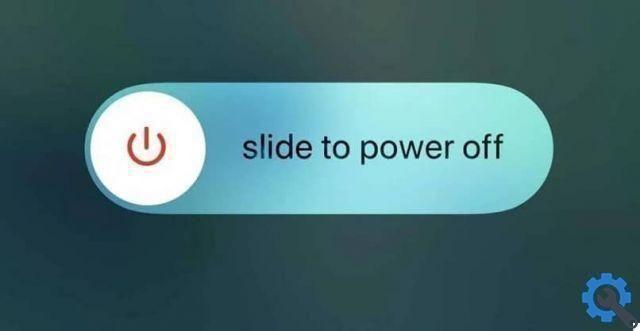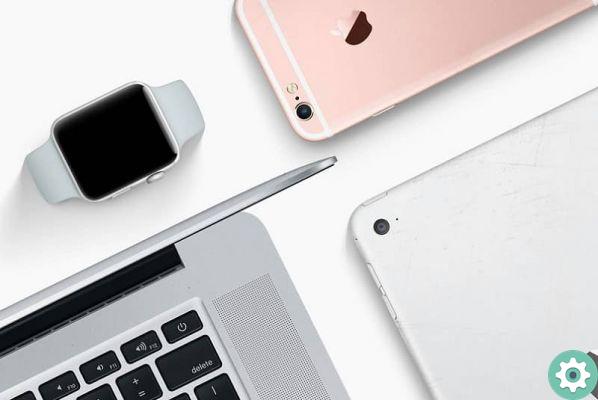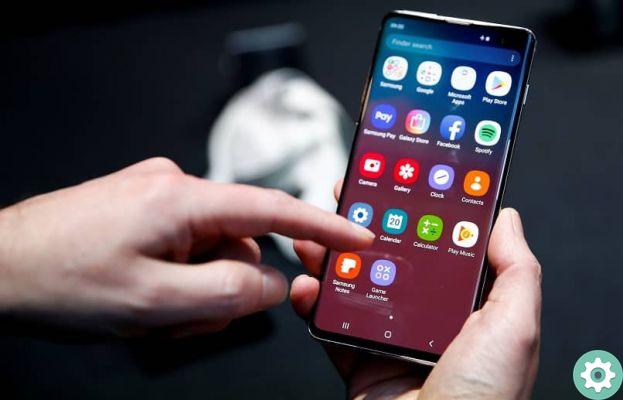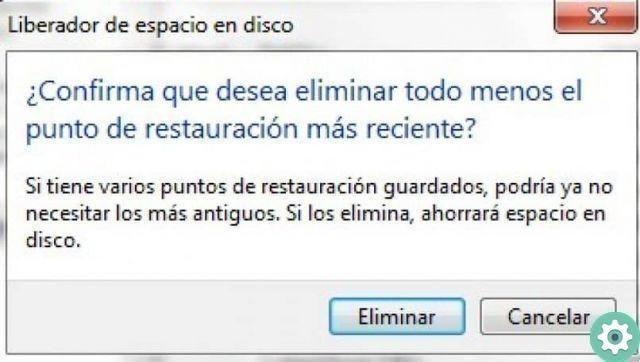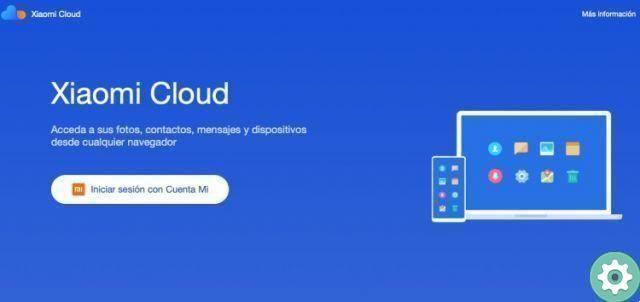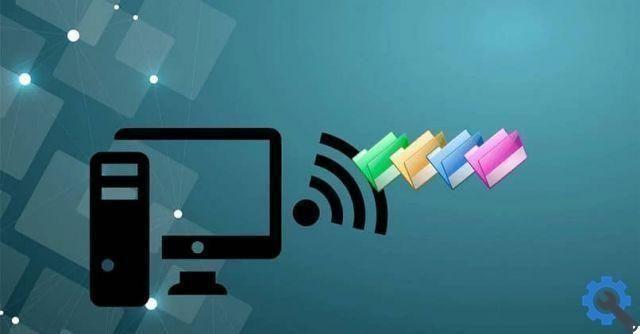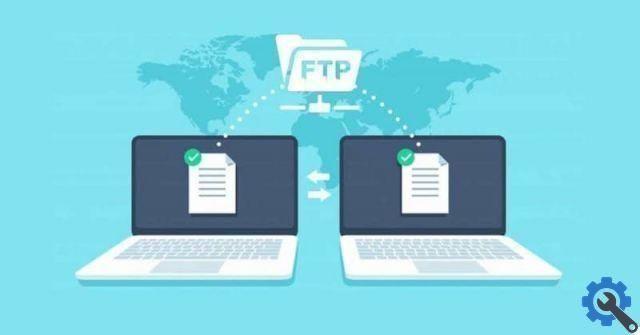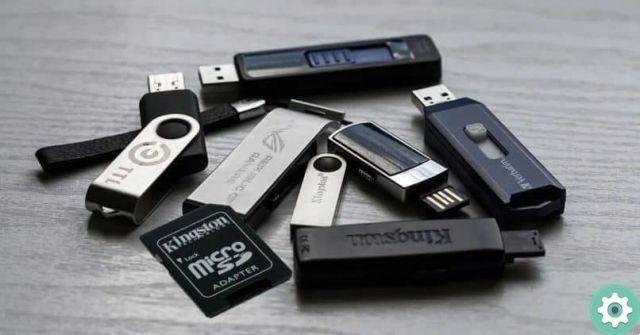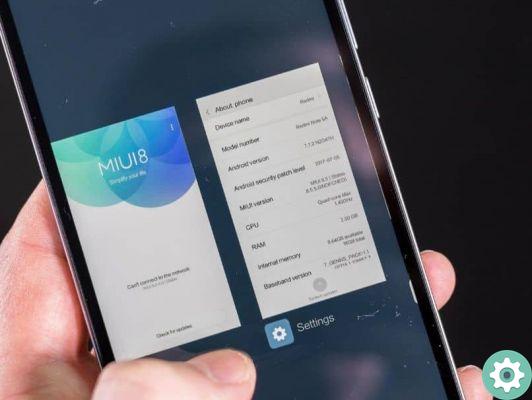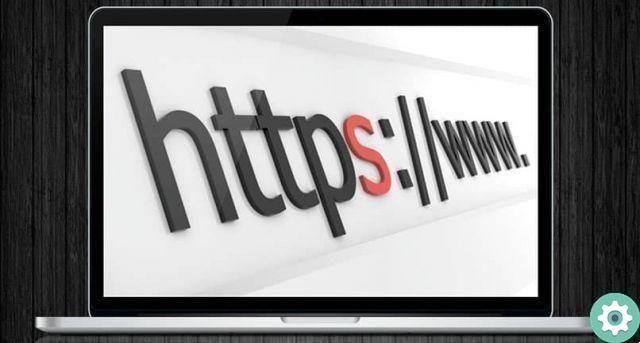Knowing in depth each of the components that are part of a computer would allow us to understand how your computer works, being of great help in identifying and resolving future errors.
The cure and the maintenance of your computer will allow you to keep it working optimally, avoiding uncomfortable situations that could slow down your computer's work.
What are input devices?
One of the elements or components of a computer that is rarely talked about has anything to do with input peripherals. These are nothing more than that bridge that communicates your computer with external media.

That is, entering commands, obtaining data, entering instructions to the computer, any type of action involves a constant exchange of information between what you do and what the computer processes.
What are they for?
Input devices are used for facilitate communication with the computer while performing a certain action.
Manipulating external components or elements to instruct the computer to perform an action sends a series of information to the computer so that it can be represented by other devices, usually output devices.
Types of input devices
To help better exemplify what an input device can be, the most commonly used devices on any computer will be explained below.
The most common
There is a category of these types of devices which are considered simply essential in any computer and which, in addition, have a wide variety of presentations.
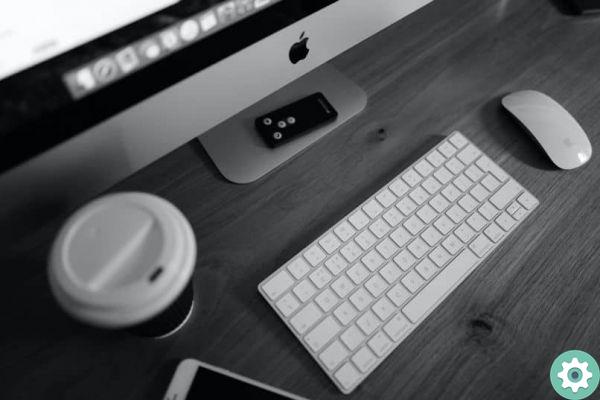
- Keyboard: Each of the keys that make up this device can represent an action, especially if the keys ranging from F1 to F12 are taken into account. Activation of this type of keys can be used for playing multimedia files, volume control, among others. Logitech offers a variety of keyboards, ranked among the best on the market, such as the.
- Mouse: another perfect example of input peripherals. Regardless of the presentation of the mouse (cable, wireless, wheel or sensor, traditional or gamer), the mere fact of moving the cursor already implies sending information to the computer to be able to graphically represent the movement that you are instructing to make.
Complementary devices
Some have been implemented over the years, making computers with functions much more versatile and interesting.
- Game controls: Also known as joysticks, they are very popular in gamers' computers, it is another of the devices that falls into the category of input peripherals, as it is used to give instructions in the development of games through a series of buttons.
- Vocal recognition: Many computers have incorporated this system and it is expected that it will continue to be improved, even to the point where the keyboard is not an essential element. Through this tool it is possible to order the execution of different actions: open applications, folders, perform a search, restart or shut down the computer.
- Multifunction printers: through these devices the digitization of external documents is ordered for storage on the computer, be they text or images.
- Stylus: a very particular tool within the category of this type of device. Its use in touch screens facilitates the execution of actions that could be performed via keyboards or mouse
- Audio devices: Also included in this category is the connection of microphones to the computer, to allow the capture of external sounds and their storage on the computer.
Other types of input devices
Some input devices that may not become as common, at least not on a computer you may have at home, are:
- Barcode reading devices.
- Medical devices such as ultrasound, mammography, magnetic resonance and tomography.
- Fingerprint sensors.
Any other type of device, the goal of which is acquire external information or whose manipulation allows the execution of an instruction, could fall into this category.




